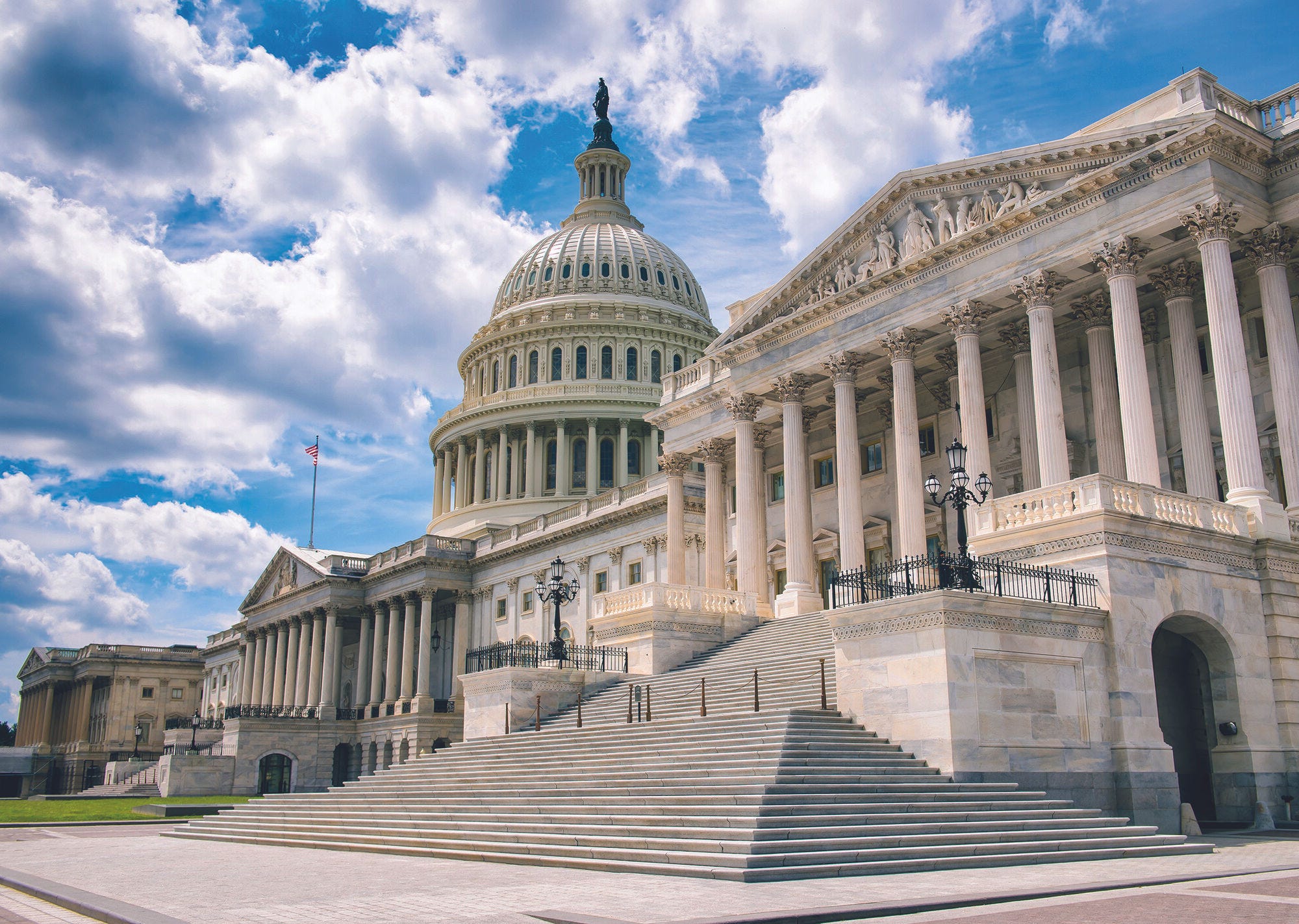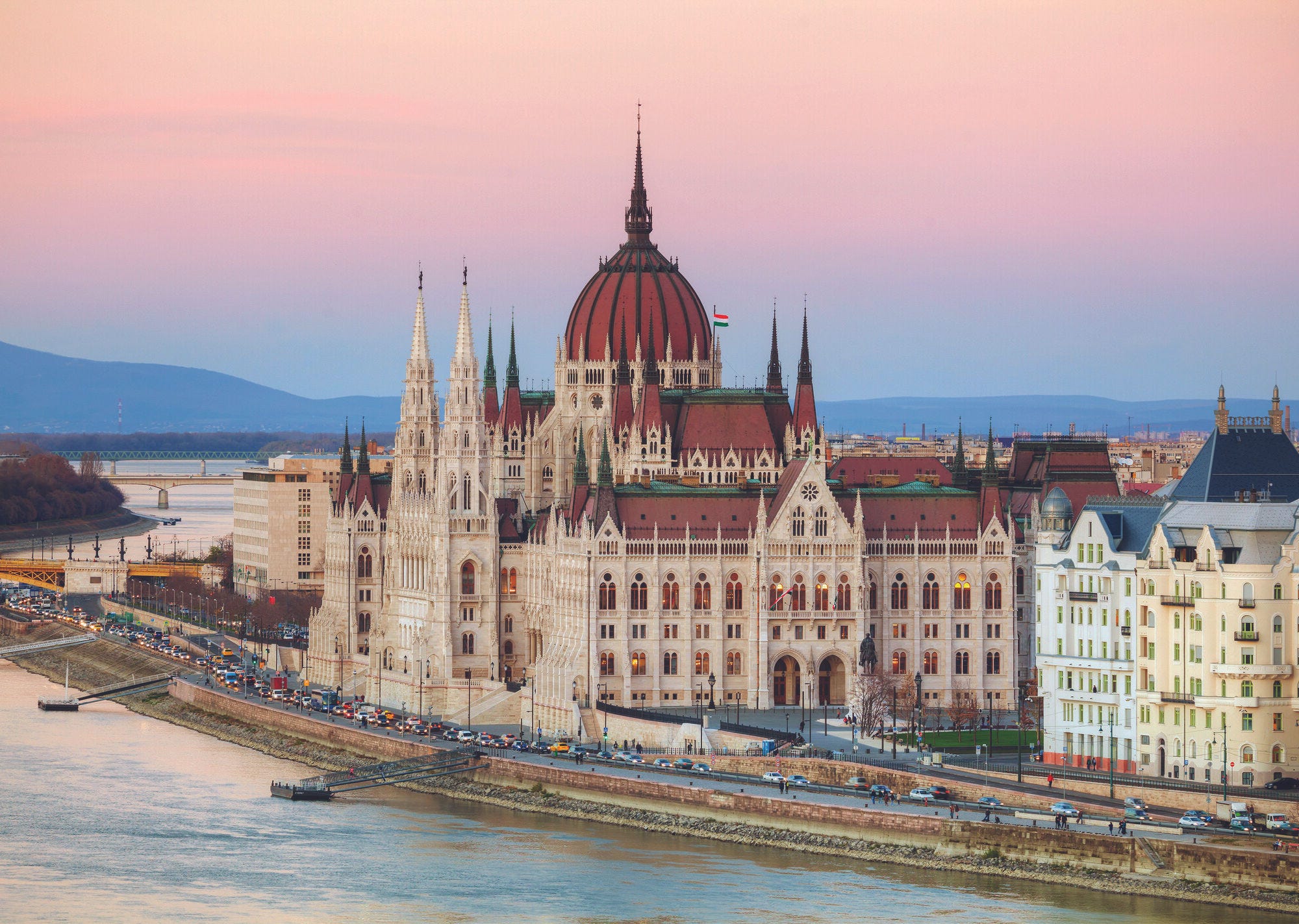The United States economy rebounded strongly from the depths of the pandemic recession, aided by a large and enduring government policy response. However, Russia’s war against Ukraine and strong inflationary pressures have dampened the economic outlook. The administration is reinforcing public welfare through packages that invest in infrastructure and the climate transition, but an ageing population means fiscal pressures are on the horizon. In response, further efforts should focus on both broadening the tax base and improving public spending efficiency, particularly in the areas of health and infrastructure. A persistent long-term challenge has been the hollowing out of the middle class, which has experienced stagnating incomes and rising costs of living. Two pressing policy challenges for this group relate to improving childcare and the climate transition. Expanding public investment in childcare can improve its affordability for the middle class and benefit female labour force participation. In addition, the impact on the middle class of policies to reach net zero carbon emissions by 2050 should be taken into account. An important aspect will be ensuring that active labour market policies and place-based policies are in place to tackle labour market disruptions as jobs reallocate from high-carbon to low-carbon activities.
SPECIAL FEATURES: POLICY CHALLENGES FOR THE MIDDLE CLASS













